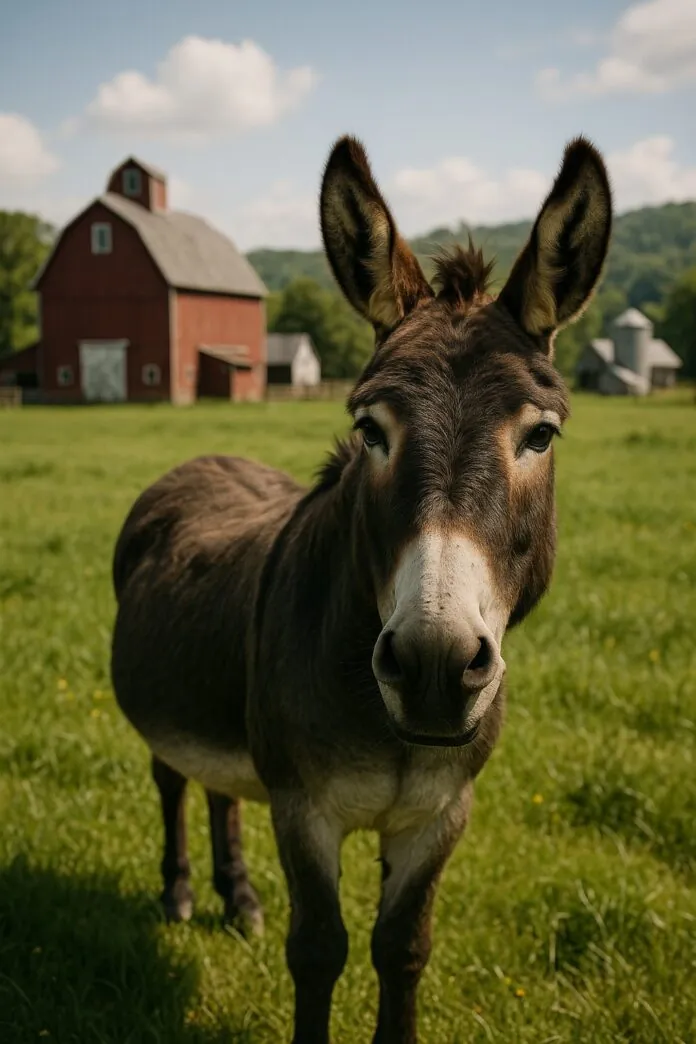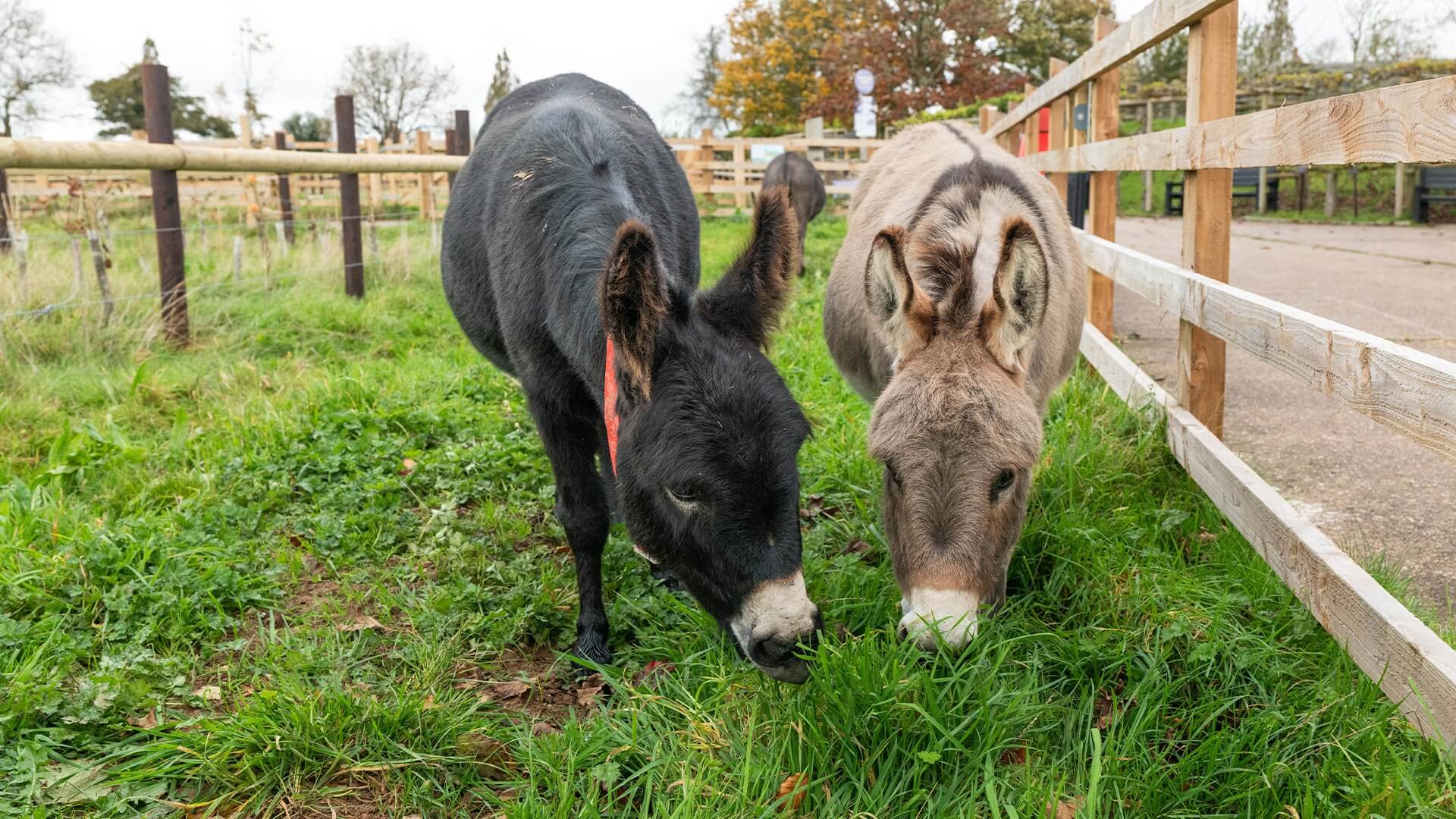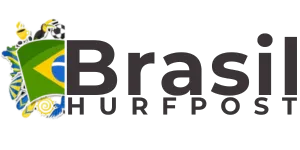
Go to Rajasthan. Or Sindh. Or parts of rural Ethiopia. Find the narrow alley where concrete bags are stacked on mud. Look past the dust. A donkey is standing there. Ribs visible. Nose rope-cut. Saddle uneven. And no, there is no sticker pack to describe that.
World Donkey Day was never meant to be a holiday. It was supposed to be a mirror. One held up to the kind of world that lets an animal work to death in the morning and then posts a glitter filter version of it by sunset.
But once again, the mirror got replaced by emojis. The pain got covered in puns. And the actual animal—the one with cracked hooves and no veterinary access—got turned into a trend.
No One Knows the Founder, But Everyone Knows the Hashtag
Dr Abdul Raziq Kakar created World Donkey Day in 2010. He did not launch it with a viral toolkit. No press kit. No animation. He launched it with field data, case reports, and photographs no one wanted to print.
Dr Abdul also documented working donkeys collapsing after twelve hours without water. He measured load weights in brick factories where donkeys moved more per hour than forklift machines.
Now search “World Donkey Day” on social media. You will not find Kakar’s research. You will find a donkey in heart-shaped sunglasses and a caption that says: “Manifesting this level of inner peace.”
View this post on Instagram
Stickers Can’t Pull a Cart
Here is what the donkey is:
- It can carry 120 kilos uphill without gear shift or engine oil.
- It can hear its partner across a canyon.
- It can remember routes after years away from them.
- It forms monogamous bonds in the wild.
- It rarely reacts before assessing danger.
- It never gets a break.
Donkeys outlive working animals in desert regions because they calculate risk before acting. That survival strategy has been misread as stubbornness. Entire cultures built jokes around what is actually biological intelligence. That’s how deep the misunderstanding runs.
The Internet Wants a Pet, Not a Responsibility
In the last 24 hours, Times Now ran soft pieces calling the day “adorable.” A UK newswire turned it into a “feel-good gallery.” Influencers demanded mini donkeys for their farms. DMs were filled with questions like “Can I get one in India?” and “Are they allowed in apartments?”
Meanwhile, in the state of Gujarat, a donkey died in a sugarcane field last month after carrying forty kilos over sixteen kilometers in forty-two degrees heat. No sticker was made for that one.
Welfare Is a Boring Word, So Nobody Shared It

The Donkey Sanctuary, based in Sidmouth, tried. They released detailed documents and ran awareness campaigns explaining how donkeys help entire families in off-grid terrain.
This group also published studies showing the impact of the illegal skin trade in West Africa. But engagement dropped the moment the tone got serious.
Their posts never beat the viral video of a donkey hugging a zookeeper.
And yet, those same sanctuaries are the only reason thousands of animals still receive foot treatments, parasite control, and shelter during monsoon floods. The sanctuary does not sell merchandise. It vaccinates animals people forget exist.
The Black Market Behind the Noise
There is a growing trade in donkey hides. China uses the gelatin in ejiao, a traditional remedy. Demand has wiped out donkey populations in multiple countries. Theft of donkeys has spiked. Families lose the only transport they own. Authorities rarely act. No government has developed proper traceability systems for donkeys. They exist below the radar—living machines, undocumented and discardable.
None of that made it into World Donkey Day headlines.
What People Shared Instead
Here is a real post, shared over 4,000 times:
“Today is #WorldDonkeyDay. Whom would you like to wish?”
Another one said:
“Happy Donkey Day Adachi.”
Happy World Donkey Day Adachi✨🫏#Persona4 #足立透 pic.twitter.com/0wQyEZ2BVo
— 叶青黛 (@yeqingdai1) May 8, 2025
One user wrote:
“Donkeys are misunderstood angels. Be like a donkey.”
That is not awareness. It is the infantilization of an animal that carries rebar for construction crews in areas too remote for cranes.
That is not respect but nothing else than self-gratification disguised as concern.
The Donkey Is Not a Symbol. It’s an Employee
People in Honduras use donkeys to transport medicine to villages with no roads. Families in Morocco depend on donkeys to bring back firewood before nightfall. Earthquake relief zones in Pakistan move food on donkey-back when terrain blocks emergency vehicles.
Those animals work harder than most elected officials. They also receive less protection than house cats.
And on May 8, the planet honored them with auto-tuned reels and story highlights featuring glitter text.
Final Thoughts
If you celebrated World Donkey Day and felt good about it, ask yourself one thing:
Did you learn anything?
- Did you donate?
- Did you support welfare organizations?
- Did you read one article about the illegal trade?
Or did you forward a cartoon with a pun, call it awareness, and move on?
Because the donkey will still carry weight tomorrow.
The feed will not.
Read Next – Teacher Appreciation Week 2025
















